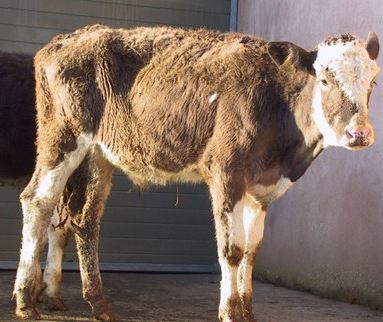



How to Manage Cattle Nematodes in Spring
As the weather warms over spring, it is important to plan for parasite management in young cattle stock, to avoid high nematode burdens later in the year.The UK's National Animal Disease Information Service (NADIS) advises using a variety of control methods against parasites, rather than becoming over-reliant on anthelmintics alone to remove them from animals.
Crop rotation is one of the best ways to control parasites, by avoiding contaminated pastures grazed by young cattle the previous year.
This is especially effective against parasitic gastroenteritis (PGE), but rotation is not always possible on farms.
A good idea is to use silage aftermaths to try and avoid pasture contamination.
NADIS veterinary surgeon Peers Davies said: "This will reduce your dependence on anthelmintics, and reduce the rate of development of resistance."
Contamination of pasture with parasite eggs can be reduced by the use of slow-release or repeated injection of anthelmintics until mid-summer, when most parasite larvae will have died, and then the land is likely to be safe for the rest of the season.
Alternatively, calves can be dosed and moved to aftermath at mid-summer.
To control ostertagiosis in the autumn, dairy calves and suckled calves born during the previous autumn require preventive treatment in their first full grazing season unless they are on safe grazing.
Spring time also provides the last chance to vaccinate calves against lungworm before turning them out, which is the best way to control this parasite, especially on farms with high levels on previous infection.
NADIS advise consulting a local vet to find out the best parasite management plan for local farm conditions.
Copyright © NADIS 2007



